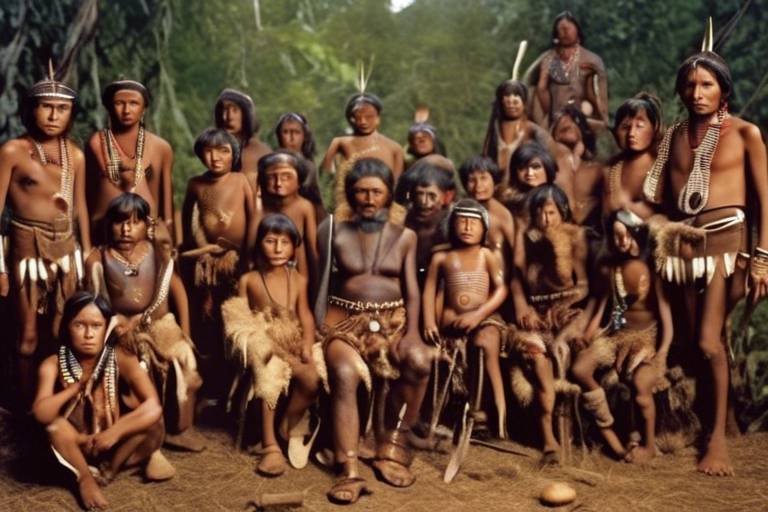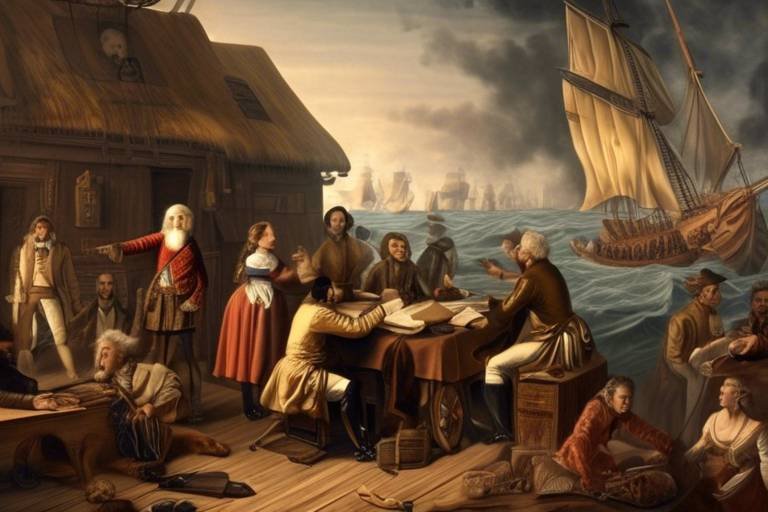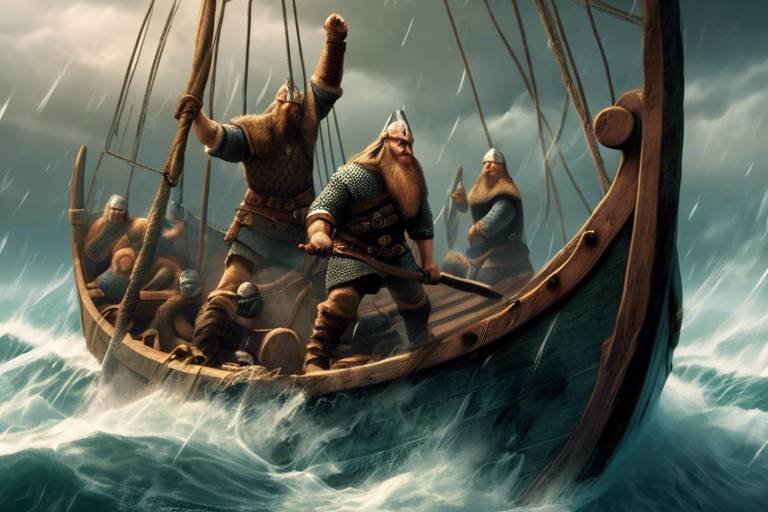The Impact of the Age of Exploration on Indigenous Cultures
The impact of the Age of Exploration on indigenous cultures was a seismic shift that reverberated across continents, altering the course of history for countless communities. As European explorers set sail in search of new lands and riches, they unwittingly set off a chain reaction of events that would forever change the lives of indigenous peoples.
Encountering indigenous cultures vastly different from their own, explorers were met with a rich tapestry of customs, traditions, and knowledge. This exchange of goods, ideas, and technologies sparked a cultural fusion, shaping the identities of both European societies and indigenous communities alike.
However, this era was not solely defined by cultural exchange and mutual respect. European powers, driven by the thirst for power and resources, exploited indigenous populations for labor and wealth. This exploitation led to the subjugation and decline of many indigenous societies, paving the way for the establishment of colonial empires.
One of the most devastating consequences of this interaction was the introduction of new diseases to which indigenous peoples had no immunity. The outbreak of epidemics decimated populations, causing irreversible harm to communities that had thrived for generations.
As colonization took hold, indigenous peoples often found themselves forced to assimilate into European cultural norms, eroding their traditional practices, languages, and beliefs. The loss of cultural identity became a harsh reality for many communities struggling to retain their heritage in the face of overwhelming pressure.
Despite these challenges, indigenous groups displayed remarkable resilience in the face of adversity. Many resisted cultural assimilation and fought fiercely to preserve their heritage, igniting movements of cultural revival that continue to shape indigenous identities today.
The legacy of the Age of Exploration persists in the contemporary struggles of indigenous communities, grappling with issues of land rights, cultural preservation, and socio-economic disparities. Efforts towards reconciliation and empowerment seek to address historical injustices, promote cultural revitalization, and uphold the rights and self-determination of indigenous peoples.
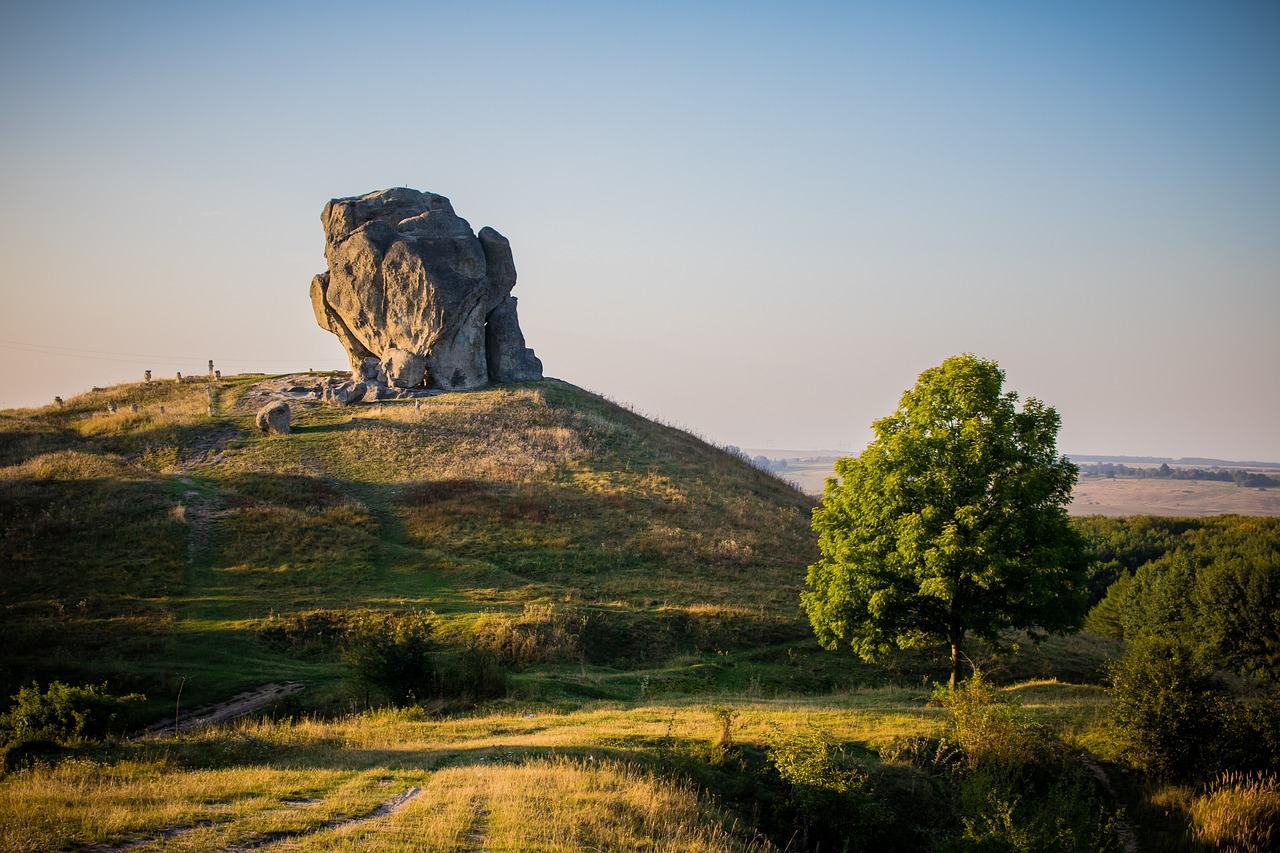
Introduction to the Age of Exploration
The Age of Exploration, also known as the Age of Discovery, was a transformative period in history that took place from the 15th to the 17th centuries. During this time, European explorers embarked on ambitious voyages across the seas, seeking new trade routes, territories, and riches. This era of exploration was fueled by a spirit of adventure, curiosity, and the desire for conquest.
European powers such as Portugal, Spain, England, and France sent explorers like Christopher Columbus, Vasco da Gama, and Ferdinand Magellan on daring expeditions to distant lands in search of wealth and glory. These voyages not only expanded the geographical knowledge of the world but also had far-reaching consequences for the indigenous cultures they encountered.
As European explorers made contact with indigenous peoples in Africa, the Americas, Asia, and Oceania, they initiated a complex process of cultural exchange and interaction. The encounters between these two worlds led to the exchange of goods, ideas, technologies, and even diseases.
Indigenous cultures often welcomed the newcomers, offering valuable resources and knowledge in exchange for European goods. This cultural exchange had a profound impact on both European and indigenous societies, shaping their identities and ways of life in unexpected ways.
However, the Age of Exploration was not just about friendly exchanges and mutual learning. It also brought about exploitation, colonization, and violence. European powers sought to establish colonial empires, exploiting indigenous populations for labor and resources.
The consequences of these actions were devastating for many indigenous societies, leading to the decline of their populations, cultures, and autonomy. The introduction of new diseases by the Europeans, to which the indigenous peoples had no immunity, further decimated their populations, causing widespread suffering and loss.
Despite the challenges and hardships they faced, indigenous communities demonstrated resilience, resistance, and a strong sense of cultural pride. Many groups fought fiercely to protect their lands, traditions, and languages from the encroachment of European colonizers.
Today, the legacy of the Age of Exploration continues to reverberate in the lives of indigenous peoples around the world. They grapple with issues of land rights, cultural preservation, and social inequality, striving to reclaim their heritage and assert their rights in a rapidly changing world.
Efforts towards reconciliation and empowerment of indigenous communities are ongoing, with a growing recognition of the need to address historical injustices, support cultural revitalization, and promote indigenous rights and self-determination. The Age of Exploration may be a distant chapter in history, but its impact on indigenous cultures remains deeply felt to this day.

Encounters and Cultural Exchange
The Age of Exploration had profound effects on indigenous cultures worldwide, leading to cultural exchange, exploitation, disease outbreaks, and displacement. This article explores how these interactions shaped the identity and heritage of indigenous communities.
The Age of Exploration, spanning the 15th to 17th centuries, marked a period of intense European maritime exploration and colonization, impacting indigenous peoples across the globe.
During the Age of Exploration, encounters between European explorers and indigenous cultures sparked a fascinating exchange of goods, ideas, and technologies. Imagine the collision of two worlds, each bringing unique treasures to the table. The Europeans introduced new crops like potatoes and tomatoes to the indigenous populations, while the natives shared their knowledge of local plants and survival techniques. This cultural exchange not only enriched both parties but also laid the foundation for future interactions and mutual understanding.
European powers saw the vast resources and labor potential in indigenous populations and exploited them ruthlessly. The quest for wealth and power led to the colonization of native lands, disrupting traditional ways of life and imposing foreign rule. The once harmonious coexistence between indigenous communities and their environment was shattered, giving way to a system of oppression and subjugation.
Tragically, along with goods and ideas, European explorers unknowingly brought deadly diseases like smallpox and measles to indigenous communities. These illnesses, to which the natives had no immunity, ravaged entire populations, leading to catastrophic declines in numbers. The once thriving societies were decimated, leaving behind a trail of devastation and loss.
As colonization spread, indigenous peoples faced forced assimilation into European cultural norms. Their traditional practices, languages, and beliefs were suppressed in favor of foreign ideologies. The rich tapestry of indigenous heritage began to unravel, with each thread of tradition being slowly eroded by the pressures of assimilation.
Despite the overwhelming odds, many indigenous groups valiantly resisted cultural assimilation. They fought fiercely to preserve their heritage, engaging in acts of defiance and resilience. These acts of resistance laid the groundwork for ongoing cultural revival movements, where indigenous communities strive to reclaim their identity and revive their ancestral traditions.
The legacy of the Age of Exploration continues to cast a long shadow over indigenous communities today. They grapple with complex issues of land rights, cultural preservation, and socio-economic disparities, all stemming from the historical injustices inflicted upon them during the era of exploration.
Efforts towards reconciliation and empowerment of indigenous peoples are crucial in addressing past wrongs and building a more inclusive future. By acknowledging historical injustices, promoting cultural revitalization, and supporting indigenous rights and self-determination, steps can be taken towards healing the wounds of the past and empowering indigenous communities for a brighter tomorrow.

Exploitation and Colonization
During the Age of Exploration, European powers embarked on expeditions to new lands, seeking to expand their empires and increase their wealth. However, this quest for power often came at the expense of indigenous populations, leading to exploitation and colonization on a massive scale.
European explorers viewed indigenous peoples as resources to be exploited for labor and commodities. They forced many indigenous individuals into slavery, working them in harsh conditions on plantations, mines, and other industries. This exploitation not only depleted indigenous populations but also disrupted their traditional ways of life.
Colonization further entrenched the subjugation of indigenous communities. European powers established colonies in distant lands, imposing their laws, customs, and languages on indigenous peoples. This cultural imperialism eroded indigenous identities and marginalized their voices in their own lands.
The economic exploitation of indigenous resources was rampant during this period. Natural riches such as gold, silver, and timber were plundered from indigenous territories without regard for the long-term consequences on the environment or the well-being of indigenous populations. This exploitation fueled the growth of European economies while impoverishing indigenous communities.
Moreover, the colonization process often involved violent conquest and the displacement of indigenous peoples from their ancestral lands. Many indigenous communities were forcibly removed from their territories, leading to the loss of their connection to the land, which held deep spiritual and cultural significance.
Overall, the era of exploitation and colonization during the Age of Exploration left a lasting impact on indigenous cultures worldwide. The scars of this period continue to shape the socio-economic disparities and cultural challenges faced by indigenous communities in the present day.
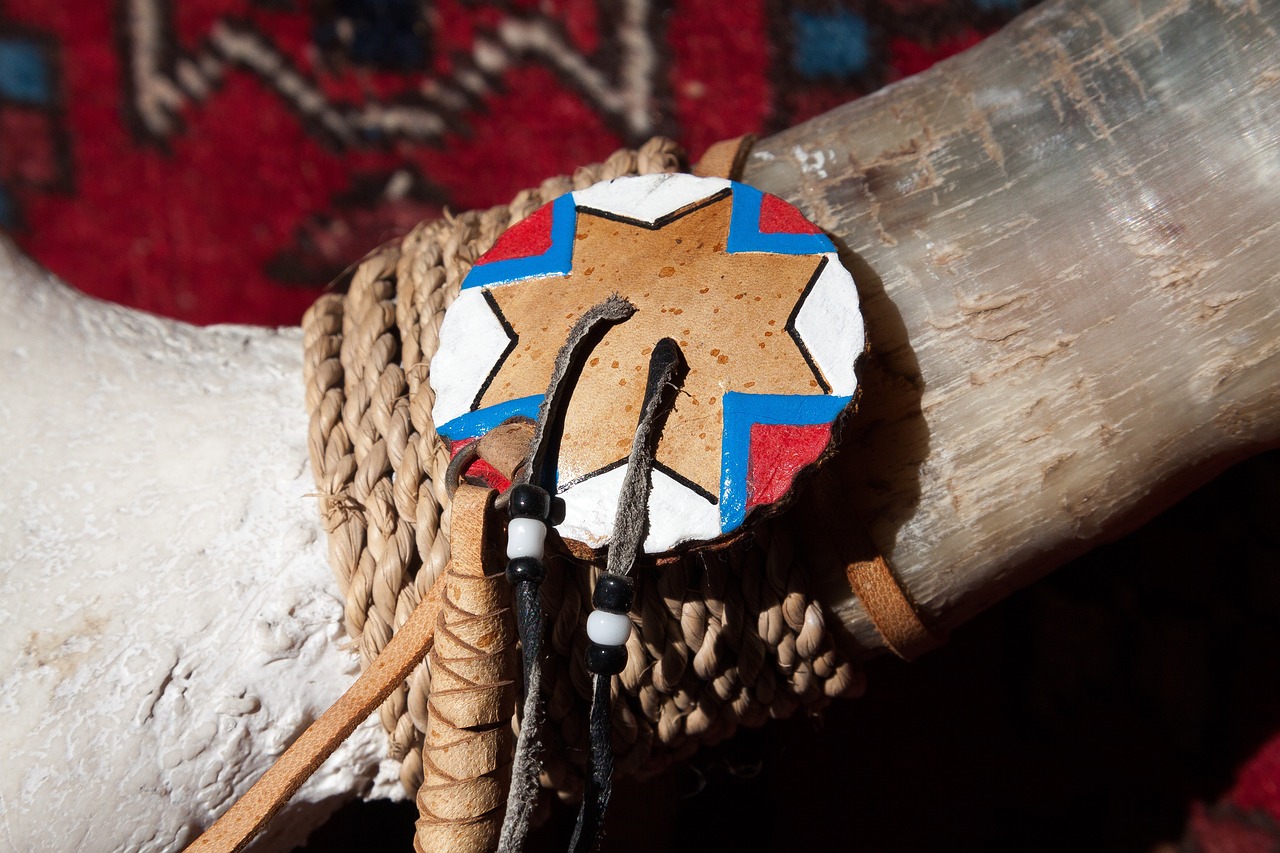
Disease and Population Decline
The Age of Exploration had profound effects on indigenous cultures worldwide, leading to cultural exchange, exploitation, disease outbreaks, and displacement. This article explores how these interactions shaped the identity and heritage of indigenous communities.
The Age of Exploration, spanning the 15th to 17th centuries, marked a period of intense European maritime exploration and colonization, impacting indigenous peoples across the globe.
Explorers' interactions with indigenous cultures resulted in the exchange of goods, ideas, and technologies, influencing both European and indigenous ways of life.
European powers exploited indigenous populations for labor and resources, leading to the decline of many indigenous societies and the establishment of colonial empires.
The introduction of new diseases by European explorers caused devastating population declines among indigenous communities who lacked immunity to these illnesses. The spread of diseases such as smallpox, measles, and influenza decimated indigenous populations, leading to significant demographic shifts and cultural disruptions.
Indigenous peoples often faced forced assimilation into European cultural norms, resulting in the loss of traditional practices, languages, and beliefs.
Despite colonization efforts, many indigenous groups resisted cultural assimilation and fought to preserve their heritage, leading to ongoing cultural revival movements.
The legacy of the Age of Exploration continues to impact indigenous communities today, as they grapple with issues of land rights, cultural preservation, and socio-economic disparities.
Efforts towards reconciliation and empowerment of indigenous peoples involve acknowledging historical injustices, promoting cultural revitalization, and supporting indigenous rights and self-determination.
Stay tuned for a list of frequently asked questions about the impact of the Age of Exploration on indigenous cultures.

Forced Assimilation and Cultural Loss
Forced assimilation and cultural loss were significant consequences of the Age of Exploration on indigenous communities. European colonizers often imposed their cultural norms on indigenous peoples, leading to the erosion of traditional practices, languages, and beliefs. This process of forced assimilation aimed to erase indigenous identities and replace them with European customs, resulting in a profound loss of cultural heritage.
Indigenous populations faced immense pressure to abandon their traditional ways of life and adopt the practices of the colonizers. Children were often taken from their families and placed in boarding schools where they were forbidden to speak their native languages or practice their cultural rituals. This systematic erasure of indigenous culture contributed to a sense of disconnection and loss among many indigenous communities.
Moreover, the imposition of European religions and social structures further marginalized indigenous belief systems and societal structures. The forced conversion to Christianity, for example, disrupted indigenous spiritual practices and undermined the autonomy of indigenous spiritual leaders.
As a result of forced assimilation, many indigenous communities experienced a profound sense of cultural dislocation and loss. The suppression of indigenous languages, art forms, and knowledge systems deprived future generations of their ancestral heritage, creating a gap in the continuity of indigenous traditions.
This process of cultural erasure had long-lasting effects on indigenous communities, contributing to intergenerational trauma and a struggle to reclaim and revitalize their cultural identities. Despite these challenges, many indigenous groups have embarked on efforts to preserve and revive their cultural heritage, reclaiming their languages, traditions, and spiritual practices as acts of resistance and cultural resurgence.
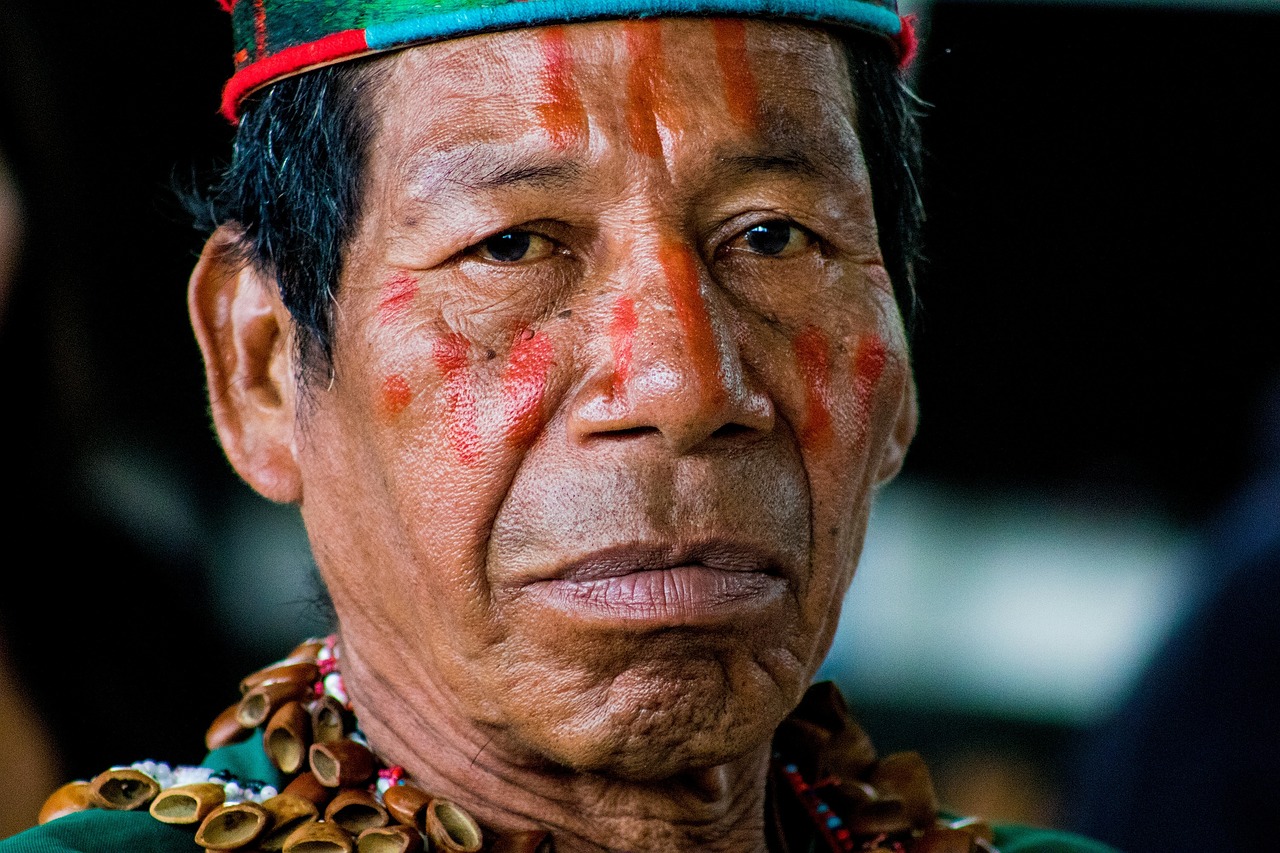
Resistance and Revival
During the Age of Exploration, indigenous groups faced immense pressure to conform to European standards and abandon their traditional ways of life. However, many communities displayed remarkable resilience and determination in resisting cultural assimilation.
One of the key strategies employed by indigenous peoples was the preservation and revival of their cultural practices and languages. Through oral traditions, ceremonies, and art forms, they kept their heritage alive despite external pressures.
Resistance movements often took the form of peaceful protests, negotiations, and alliances with other indigenous groups to protect their lands and rights. These efforts aimed to maintain autonomy and preserve the unique identities of indigenous communities.
Moreover, the concept of cultural revival emerged as a powerful force in reclaiming and celebrating indigenous heritage. By revitalizing traditional crafts, music, dances, and storytelling, indigenous peoples reaffirmed their cultural pride and resilience.
In some cases, resistance led to significant social and political changes, challenging colonial authority and advocating for indigenous rights. This ongoing struggle for recognition and empowerment continues to shape the modern landscape of indigenous activism and advocacy.
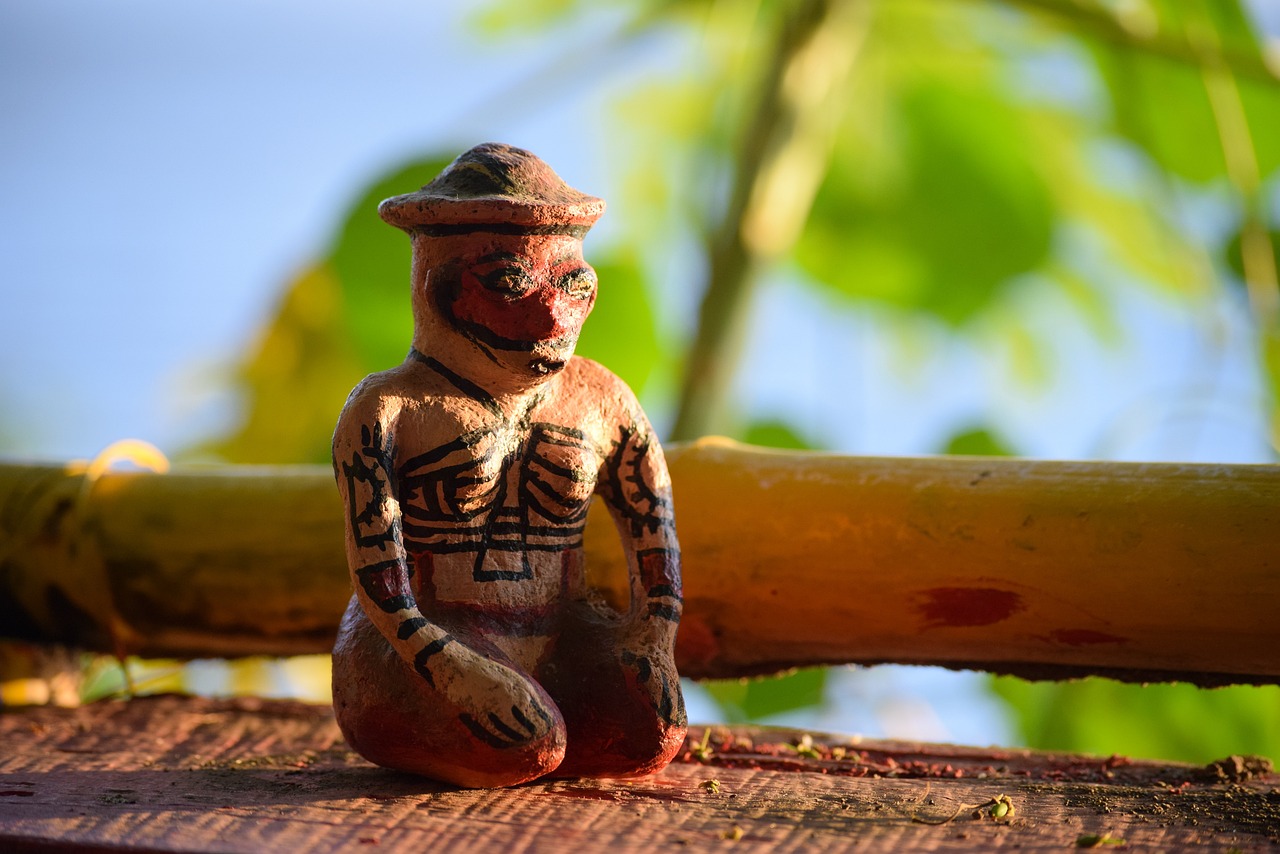
Legacy and Contemporary Challenges
The legacy of the Age of Exploration continues to cast a long shadow over indigenous communities around the world. The impacts of colonization, exploitation, and cultural assimilation have left lasting scars on the identity and heritage of indigenous peoples. Today, many indigenous communities grapple with a myriad of challenges stemming from this historical period.
One of the most significant contemporary challenges faced by indigenous communities is the issue of land rights. Throughout history, indigenous lands have been forcibly taken or encroached upon by colonizers and governments. This ongoing struggle for land rights is a central aspect of indigenous activism and resistance, as many communities fight to reclaim and protect their ancestral territories.
Cultural preservation is another key challenge faced by indigenous peoples in the modern era. The loss of traditional practices, languages, and beliefs due to centuries of colonization has threatened the very fabric of indigenous cultures. Efforts to revitalize and preserve indigenous languages and cultural practices are crucial in maintaining the unique identities of these communities.
Socio-economic disparities continue to plague many indigenous communities, stemming from centuries of marginalization and exploitation. Limited access to education, healthcare, and economic opportunities perpetuate cycles of poverty and inequality among indigenous populations. Addressing these disparities requires comprehensive policies that prioritize indigenous rights and economic empowerment.
Despite these challenges, indigenous communities are resilient and resourceful, drawing upon their rich cultural heritage to navigate the complexities of the modern world. Many indigenous groups are actively engaged in cultural revival movements, reclaiming traditional knowledge and practices to ensure the continuity of their heritage for future generations.
Efforts towards reconciliation and empowerment play a crucial role in addressing the legacy of the Age of Exploration. Acknowledging historical injustices, promoting cultural revitalization, and supporting indigenous rights and self-determination are essential steps towards fostering healing and empowerment within indigenous communities.
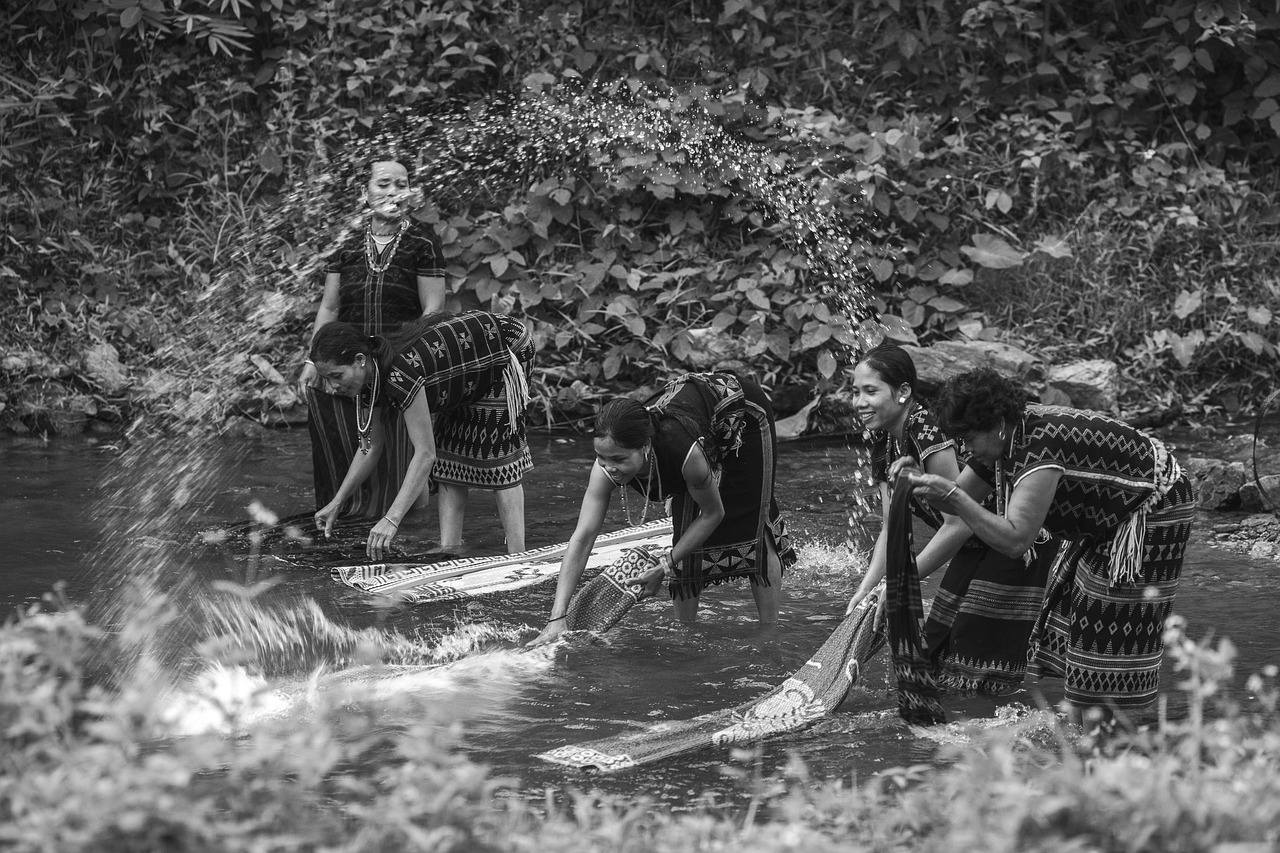
Reconciliation and Empowerment
Efforts towards reconciliation and empowerment of indigenous peoples are crucial in addressing the historical injustices perpetuated during the Age of Exploration. By acknowledging the past atrocities and working towards healing relationships, societies can move towards a more inclusive and equitable future. Reconciliation involves fostering understanding, respect, and mutual recognition between indigenous communities and settler societies.
Empowerment, on the other hand, focuses on giving indigenous peoples the tools, resources, and autonomy to shape their own destinies. This includes supporting initiatives that promote indigenous languages, cultures, and traditions, as well as advocating for indigenous rights in political, social, and economic spheres.
One key aspect of reconciliation and empowerment is the recognition of indigenous land rights. Many indigenous communities have been displaced from their traditional territories due to colonization and resource extraction. By acknowledging and restoring land rights, societies can take a significant step towards rectifying past wrongs and empowering indigenous peoples to reclaim their heritage.
Moreover, cultural revitalization plays a vital role in reconciliation and empowerment. Supporting indigenous artists, storytellers, and educators in sharing their traditions helps preserve cultural heritage and strengthen community resilience. By investing in cultural revitalization programs, societies can ensure that indigenous knowledge and practices are passed down to future generations.
Education also plays a crucial role in reconciliation and empowerment efforts. By incorporating indigenous perspectives and histories into school curricula, societies can promote understanding and empathy among future generations. This educational approach fosters respect for diverse cultures and contributes to a more inclusive society.
Ultimately, reconciliation and empowerment are ongoing processes that require commitment, collaboration, and dialogue between indigenous peoples and broader society. By working together towards a shared vision of justice and equality, communities can build a more harmonious future where indigenous cultures are respected, celebrated, and empowered.
Frequently Asked Questions
- What were some positive outcomes of the Age of Exploration on indigenous cultures?
The Age of Exploration facilitated cultural exchange, leading to the sharing of ideas, technologies, and goods between European explorers and indigenous communities. This interaction influenced the development of both European and indigenous societies.
- How did the Age of Exploration impact indigenous populations?
The Age of Exploration resulted in exploitation and colonization of indigenous peoples by European powers, leading to the decline of many indigenous societies. Forced assimilation, disease outbreaks, and loss of traditional practices were also significant impacts on indigenous cultures.
- What challenges do indigenous communities face today as a result of the Age of Exploration?
Contemporary challenges for indigenous communities stemming from the Age of Exploration include issues related to land rights, cultural preservation, and socio-economic disparities. Efforts towards reconciliation and empowerment are ongoing to address historical injustices and support indigenous rights.

